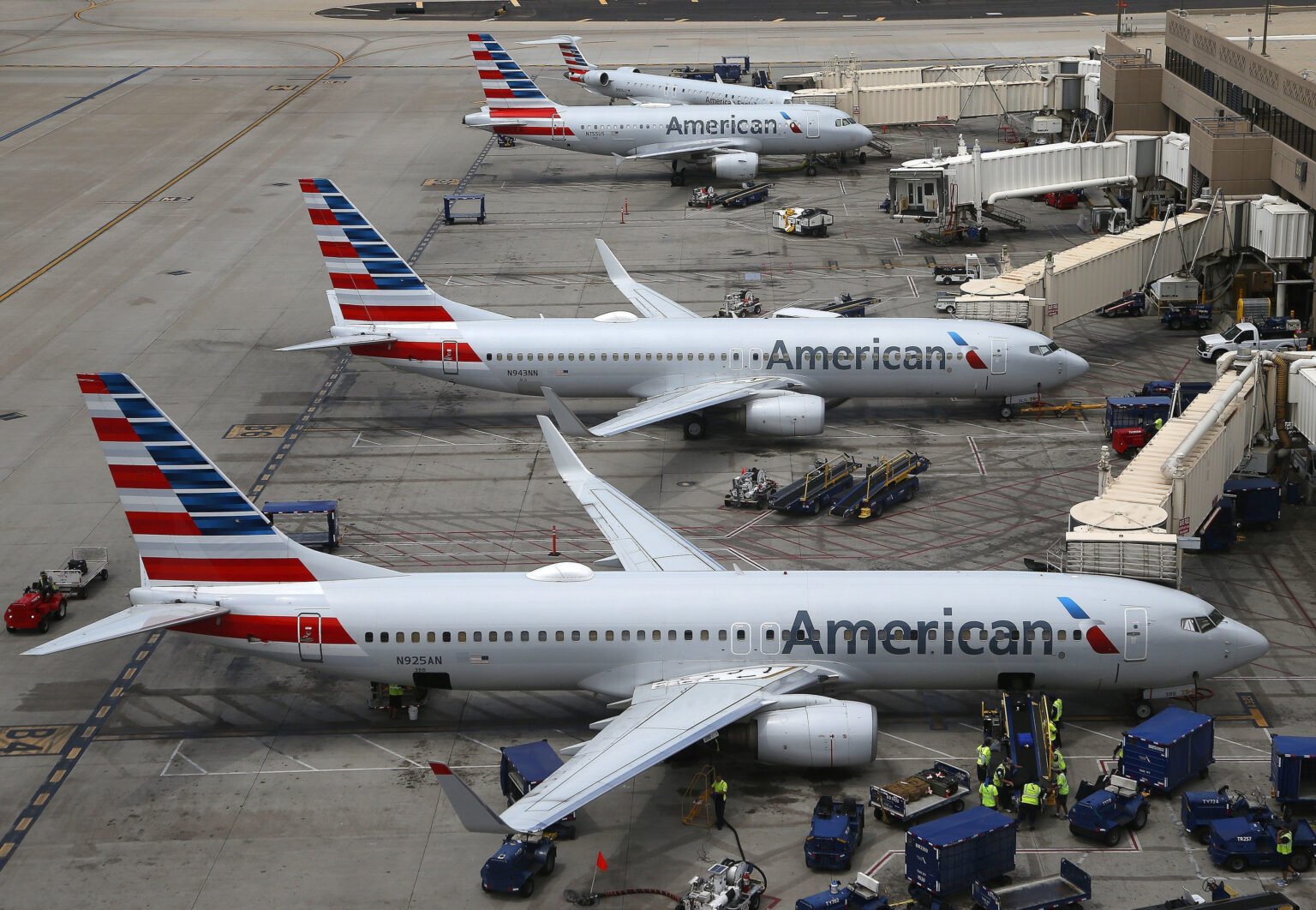American Airlines experienced a major disruption on Friday morning, resulting in the grounding of all its flights. This was due to a communication issue that impacted several major U.S. carriers, including Delta and United, following a Microsoft outage. The outage began around 6 p.m. ET on Thursday, but Microsoft reported that the issues had been resolved. American Airlines has not confirmed whether its disruption was directly linked to the Microsoft outage. This unexpected event caused significant disruptions and inconvenience for passengers, with more information expected to emerge as the situation unfolds.
American Airlines has faced other challenges recently, as it seeks damages and attorney fees from two labor unions for allegedly ignoring a judge’s order to end a work slowdown by mechanics. The ongoing dispute has highlighted tensions between the airline and its labor unions, which have been exacerbated by disagreements over working conditions and compensation. The outcome of this legal battle could have significant implications for the relationship between American Airlines and its employees. The conflict underscores the complex dynamics between management and labor in the airline industry, where disputes over labor rights and working conditions are not uncommon.
As American Airlines deals with these internal challenges, the broader aviation industry has also been impacted by external factors such as the Microsoft outage. This incident serves as a reminder of the interconnectedness of technology, communication, and air travel, highlighting the vulnerability of the aviation sector to external disruptions. Major airlines like American, Delta, and United are reliant on technology for everyday operations, making them susceptible to disruptions caused by a variety of factors. As the aviation industry continues to evolve and rely more heavily on technology, these kinds of incidents are likely to become more common, necessitating greater resilience and adaptability from airlines and their employees.
The grounding of American Airlines flights on Friday morning caused widespread confusion and inconvenience for passengers, who were left stranded as a result of the communication issue. Flight disruptions of this scale can have ripple effects throughout the aviation industry, impacting air traffic, logistics, and passenger travel. The incident also highlights the importance of communication systems and protocols in maintaining the smooth operation of airlines, emphasizing the need for robust contingency plans in the face of unexpected disruptions. As American Airlines works to resolve the issue and resume normal operations, the recovery process will involve coordination with various stakeholders to minimize the impact on passengers and restore confidence in the airline’s reliability.
In the aftermath of the disruption, American Airlines will need to conduct a thorough investigation into the root cause of the communication issue and implement measures to prevent a recurrence. This incident serves as a learning opportunity for the airline to strengthen its operational resilience and preparedness for future disruptions. By identifying vulnerabilities in its communication systems and addressing them proactively, American Airlines can enhance its ability to respond effectively to unforeseen challenges in the future. Additionally, the airline’s response to this incident will be closely scrutinized by regulators, industry experts, and passengers, shaping perceptions of the airline’s reliability and crisis management capabilities.
As American Airlines navigates these challenges, the airline industry as a whole will need to adapt to a rapidly changing environment characterized by technological advancements, labor disputes, and external disruptions. Airlines must strike a delicate balance between leveraging technology to improve efficiency and ensuring the resilience of critical systems in the face of potential vulnerabilities. The recent events involving American Airlines underscore the need for proactive risk management strategies, strong communication channels, and effective collaboration between airlines, labor unions, regulators, and other stakeholders. By addressing these issues head-on, the aviation industry can enhance its preparedness for future challenges and reinforce its commitment to safe, reliable, and efficient air travel for passengers around the world.

